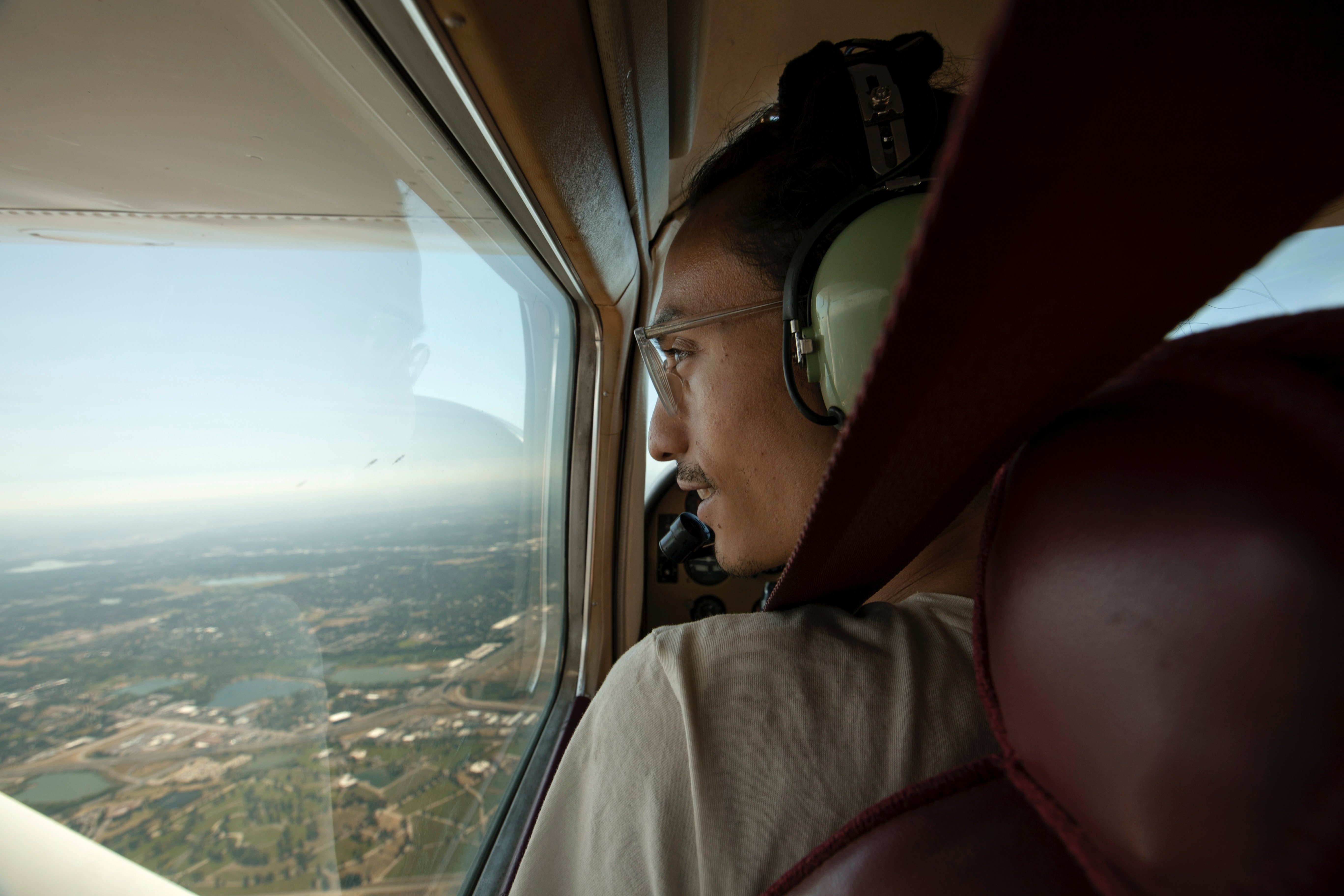The 4 Keys to Finding the Best Flight School in the USA
If you talk to pilots about their flight training experiences, you will hear many different stories about how they got their ratings. Flight training can be done as part of a college or university degree program, through a flight school at a local airport, or independently through a Certified Flight Instructor (CFI).
This article will focus on how to find the best flight school for your needs. Although you may consider proximity to your house and the cost of instruction and aircraft rentals in choosing a flight school, these should only be part of the consideration. Here are four other factors to keep in mind when you’re researching and selecting a school.
1. Consider Your Budget and Timeline
Flight training is not characterized by ‘one-size-fits-all’ or ‘cheapest is best.’ Your timeline and budget are important factors in deciding what your training experience will look like.
If you are paying as you go and working a full-time job while you flight train, then you may only take one or two lessons per week. Your ideal instructor and flight school may be different than those of someone who is not working and is simply trying to get ratings as quickly as possible. If you take out loans to pay for flight training and want to quickly start earning money as a CFI yourself, then having a flight school with lots of availability is important.
Here are a few things to consider regarding your budget and timeline:
- How much does it cost to rent the aircraft?
- How many primary pilot training aircraft are available?
- Do all the training aircraft have the same hourly rental cost?
- Does the flight school have a flight simulator to supplement aircraft time?
- How expensive is time in the simulator?
- What does your flight instructor charge? Do other instructors at the flight school charge the same rate?
- Do flight instructors charge the same “in the air” as they do for ground training, flight briefing and pre-flight, and debriefing and post-flight?
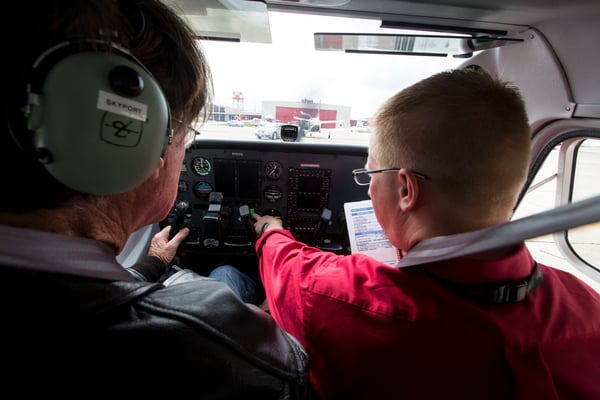
If you are getting multiple ratings, ask for a training quote for your private pilot’s license, instrument rating, and commercial ratings, including books and materials, written tests, and checkrides. Keep in mind that flight schools often quote flight training costs based on the minimum number of flight hours required by the FAA. Almost all students surpass the minimum amount during training. There is nothing wrong with this, and needing extra time is fine. However, the flight school should not force you to spend extra time reviewing concepts or maneuvers in which you already have proficiency.
Related: It's Past Time to Flip Our Flight Instruction
2. Consider the Availability of Aircraft and Flight Instructors
Many flight instructors are time-building for the airlines or other flying jobs. It is possible that during your flight training, your instructor could leave to go fly elsewhere. You should ask if the flight school has other qualified and acceptable instructors that will allow you to continue onward with your flight goals if your instructor leaves.
Along the same lines, are there similar aircraft that you can use should the one you use normally be down for a maintenance event or booked? Ask who does the flight school’s maintenance. Does it employ a full-time maintenance technician, or is there a repair shop on the field?
If you are moving to another city to complete your flight training, you should also consider the availability of other flight schools in the area, should anything happen to your existing flight school. There have been instances where an incident or accident has caused a flight school to shut down unexpectedly. In aviation, a backup plan is always a good idea, whether it is for your flight, your training, or your career.
Tip: If you don't like your flight school or flight instructor, make a change.
Some student pilots go through several instructors until they find one that they like. There can be many reasons for this, but feeling comfortable is a huge factor. If you feel that your flight instructor prioritizes his/her time-building ahead of your progress and budget, then you should explore your options to change instructors.
Similarly, if your instructor makes you feel anxious or behind in your training, you will be afraid to ask questions, and this will hamper your learning and lead to frustration. You control the pace of your learning. If you are paying for your flight training with loans that are given directly to a flight school, it may be tricky to change schools. However, changing your instructor should always be an option.
3. Try Before You Buy — Take a Discovery Flight
Known around flight schools as “disco flights,” discovery flights are first-time experiences that introduce you to what flying is like. Most flight schools allow you to take these brief introductory flights for a low, flat fee. Before committing to a training schedule, investment, or curriculum, do an intro or discovery flight.
As long as you do a discovery flight with a Certified Flight Instructor, it is loggable as flight training, so be sure to bring a logbook to the flight. Use this flight as your opportunity to interview the instructor about what it’s like to be a student pilot at the flight school. Ask questions about how scheduling works, how the school handles cancellations for weather and mechanicals, and what additional investments you will need to make in your flight training beyond aircraft rentals and hourly instruction. These may include the following:
- Aviation headset purchase or rental
- Ground school curriculum
- Written test fees
- iPad (may or may not be required) with Electronic Flight Bag subscription
- Checkride fees
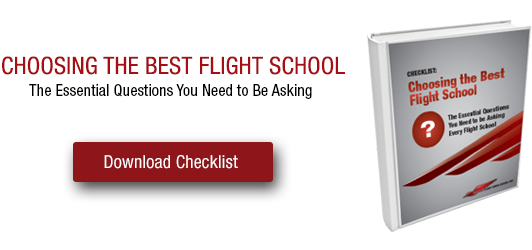 4. Consider the Flight School’s Reputation
4. Consider the Flight School’s Reputation
Before you hand over your hard-earned cash to any organization, read the reviews. Yelp, Google Reviews, Facebook, and online forums are great places to read about student pilot experiences with flight instructors and schools. Although a person can have a bad experience at any flight school, take a look at the trends and overall themes of the feedback.
Beyond typical online research, you also should call your local FAA Flight Standards District Office (FSDO) and inquire about the local flight schools. It may not be able to give you specifics on the costs and curriculum, but a FSDO can tell you if a school is safe and considered to be one of the “good” schools in the area. You can find your local FSDO on the FAA website. Ask the FSDO if the school you are considering has any accidents or violations of FAA regulations.
The government has shut down flight schools for a slew of reasons, including operating without an airman's certificate, falsifying records, performing illegal maintenance, and having people who are not CFIs give flying lessons. While these violations are rare, they do happen, and you don’t want to be a part of the anomaly. No matter how impressive a website or school looks, check with the Feds to make sure everything is legal.
Tip: Don’t forget to have fun!
Whether you’re on a professional pilot path or you’re getting your certificate only for you, remember that it should be a positive experience. You should feel safe and confident, and you should enjoy your flying lessons. With a little homework beforehand, you will find a flight school that will help you accomplish all of your goals when you get started in aviation.
Share this
You May Also Like
These Related Articles
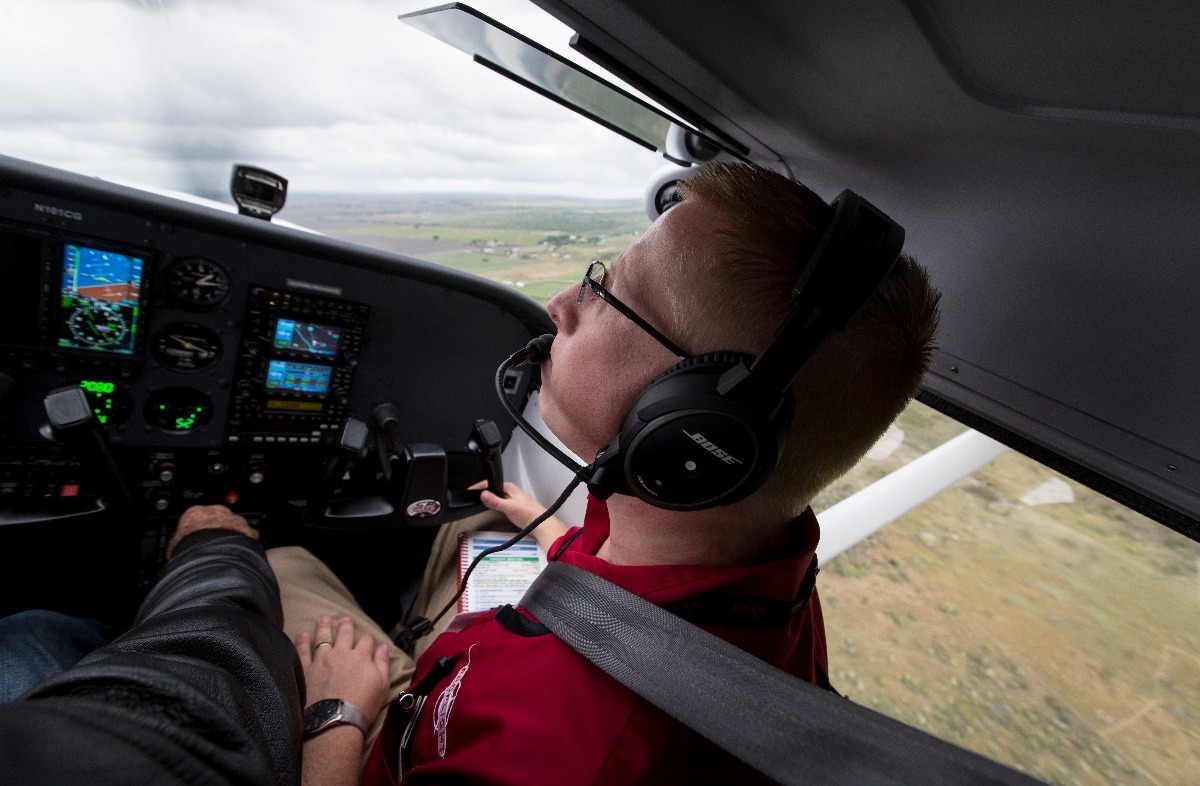
How To Choose a Flight Instructor
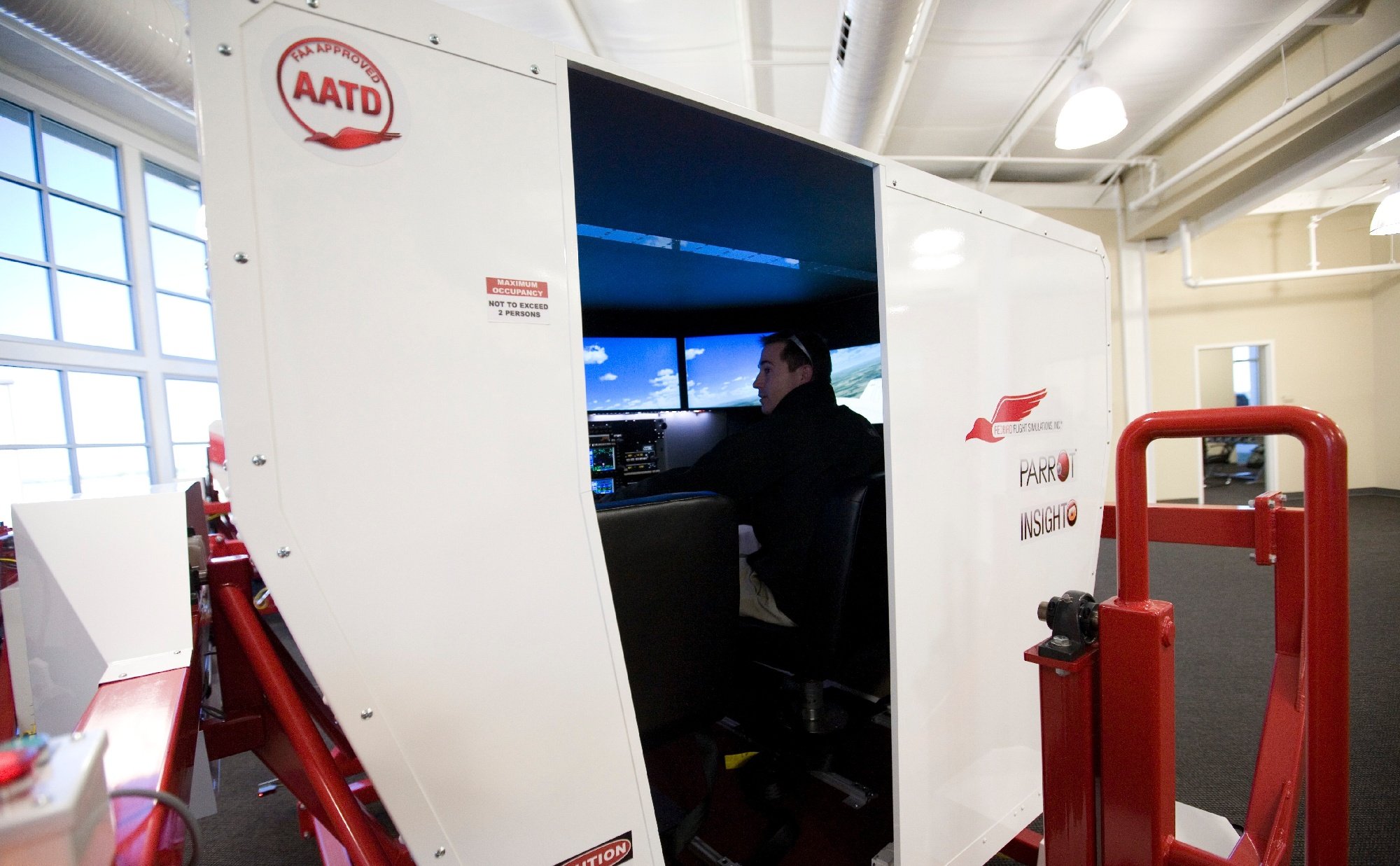
6 Ways to Reduce the Cost of Flight School
